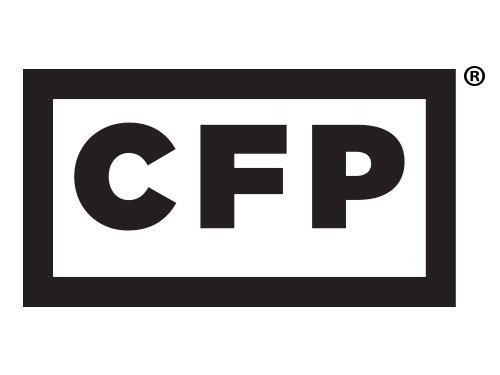For many parents with children approaching college age, the financial aid process is daunting and opaque. While most families don’t pay the full college “sticker price,” it was previously difficult to get a sense of what you’d be expected to pay before actually going through the financial aid process. That in turn made it difficult to plan and save.
College pricing is the ultimate form of what economists call price discrimination. That is, selling the same product at different prices to different buyers in order to maximize profits. This means that your child’s college roommate could be expected to pay an entirely different amount than what the same college is charging for your child.
In 2011 the Obama administration gave parents a bit more insight into what they can expect to pay by requiring all college and universities to post a Net-Price Calculator on their websites. Net Price, as defined by the U.S. Department of Education, is the amount that a student pays to attend an institution in a single academic year AFTER subtracting scholarships and grants the student receives. These calculators allow prospective students and families to enter information about themselves to find out what students like them paid to attend the institution in the previous year after taking grants and scholarships into account. Remember that scholarships and grants are funds you don’t have to pay back.
It’s never too early to start playing around with these calculators to get a sense of what you’ll be expected to pay. If you want to find a certain college’s Net Price Calculator, click here.
If you’d like to discuss the best way to start a college savings program for your child, please click here to set up a time to chat.
Investing involves substantial risk and has the potential for partial or complete loss of funds invested. Investments mentioned may not be suitable for all investors. Before investing in any investment product, potential investors should consult their financial advisor, tax advisor, accountant, or attorney with regard to their specific situation.





